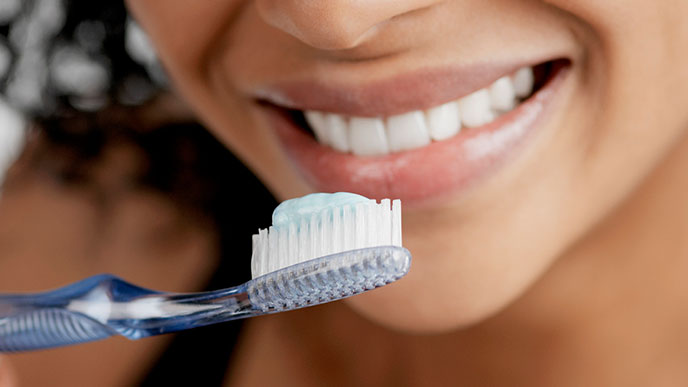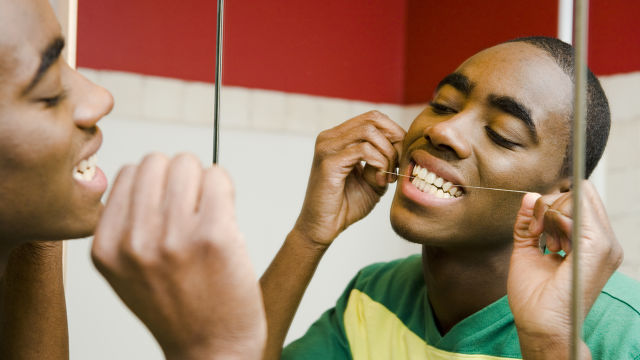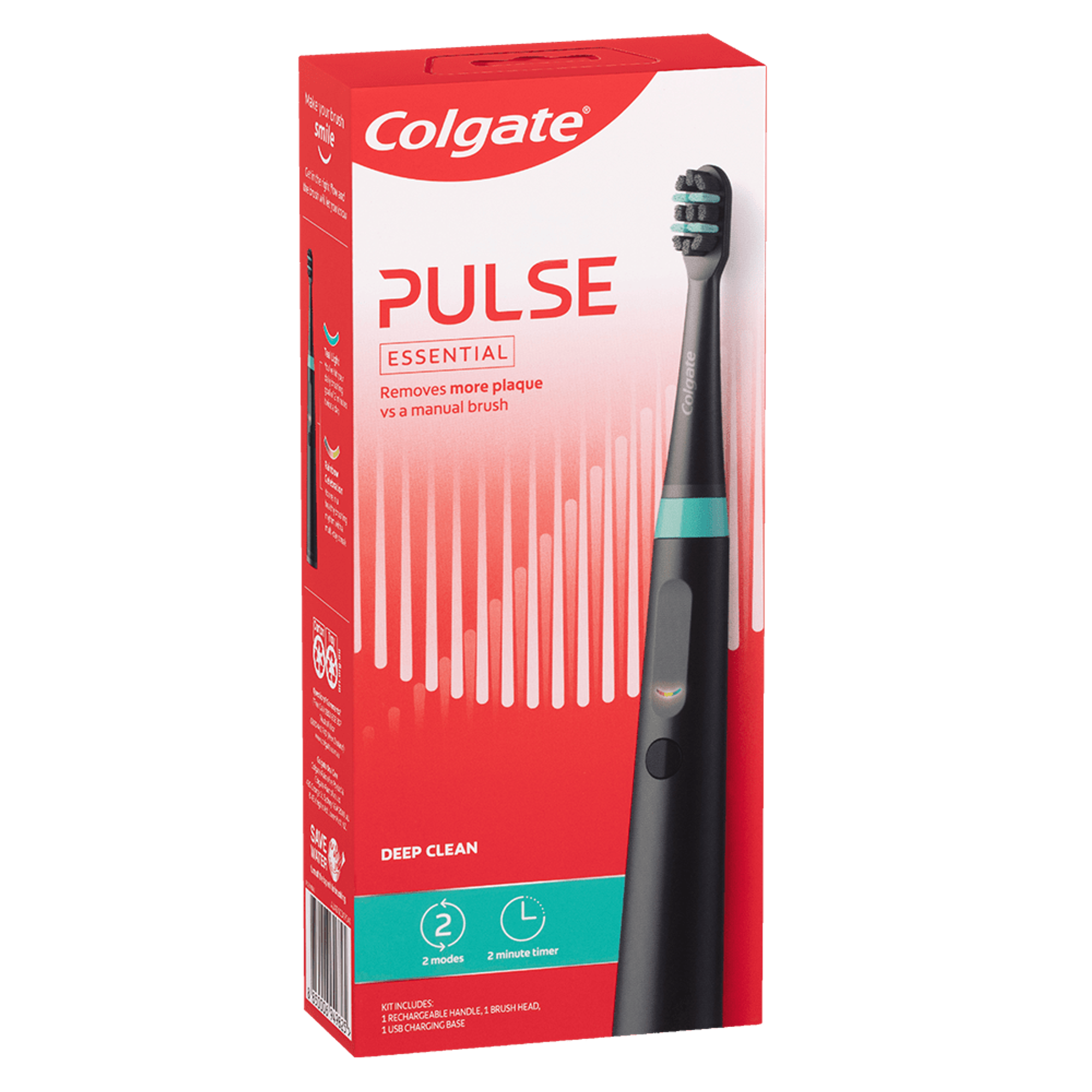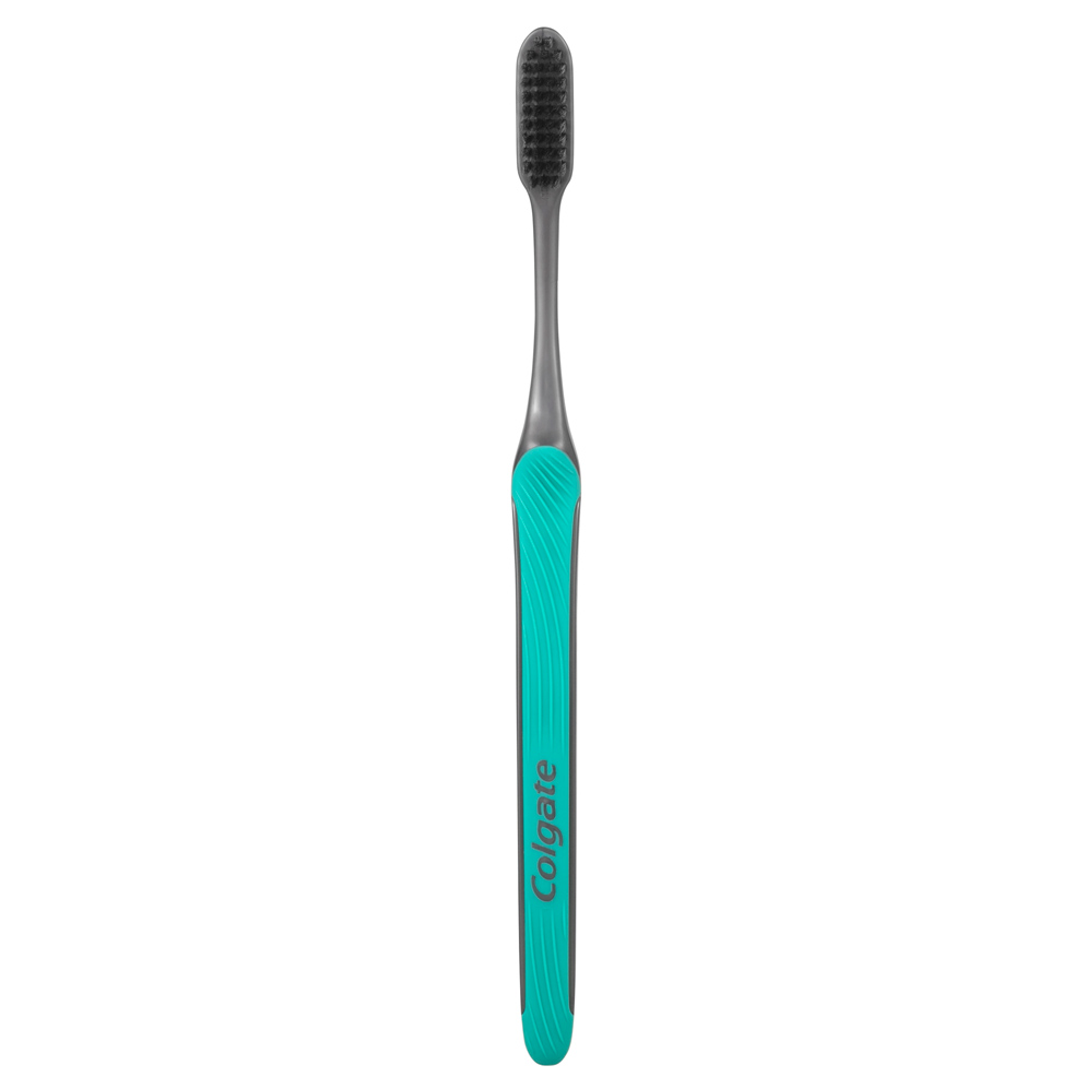-
-

BRUSHING & FLOSSING
How to BrushWhat Is the Right Way to Brush?
Proper brushing takes at least two minutes — that's right, 120 seconds!...

BRUSHING & FLOSSING
How To FlossWhat is the Right Way to Floss?
Proper flossing removes plaque and food particles in places where a toothbrush cannot easily reach... -
Science & Innovation
- Home
- Oral Health
- Adult Orthodontics
- What Are Lingual Braces?


If you or your child need braces, you're not alone. Orthodontics Australia reports that more than 55 per cent of Australian people are self-conscious about their teeth and 62 per cent would do something to correct their crooked teeth. Braces technology has come a long way, and there are now many types you can choose from. Lingual braces, one of the more recent orthodontic developments, are proving popular for people who are conscious about the look of braces.
What are lingual braces?
You probably already know about the traditional metal braces placed on the front of the teeth. What sets lingual braces apart is their placement on the back of the teeth. Lingual braces are virtually invisible, and that's the main reason eligible patients choose them. This partly explains why they are more common among adults than children. One other advantage is that, if you play a wind instrument or a sport, lingual braces may be easier to adapt to than traditional braces. Keep in mind that you'll have to search for an orthodontist who offers lingual braces. According to Orthodontics Australia, these custom-made braces usually cost more than traditional braces.
Are lingual braces right for you?
Not everyone can wear lingual braces, and there are some challenges associated with wearing them that don't come up with traditional braces. First of all, the teeth have to be long enough to provide sufficient room to bond the braces on the back of the teeth. Therefore, lingual braces may not work for children or someone with especially small teeth. Lingual braces are not advised if you have excessive biting problems.
Lingual braces can be more difficult to get used to than traditional braces because their positioning affects your tongue. At first, you may find that swallowing without using a tongue thrust (placing the tongue between your teeth when swallowing) is difficult. Talking may also be a little tricky – not to mention that tongue thrusting places a force on your teeth that can lead to other dental issues. You may need to consciously practise not using a tongue thrust when swallowing by gently touching your teeth together and then swallowing. For talking, consider over-enunciating certain words for several weeks after getting your braces.
The overall treatment time for patients with lingual braces may be longer than that for traditional braces. You have to be even more diligent about cleaning your teeth because the placement of lingual braces makes it harder for you to check whether you have brushed away all the food particles on these braces.
Cleaning your teeth with lingual braces
Keeping your teeth clean is important, no matter what type of braces you choose. Lingual braces may be more difficult to clean than traditional braces. Food easily gets stuck in the brackets and wires and more plaque can accumulate, increasing the risk of tooth decay. Brush after every meal, making sure that you brush each tooth at the gum line and both above and below the brackets of your lingual braces. Because lingual braces are on the back of your teeth, you should pay special attention to brushing them effectively. Consider using a toothbrush with a narrow tip to make it easier to access the back of your teeth.
So what are lingual braces for? The advantage is aesthetic, in that other people cannot see the braces. If you understand the challenges and are willing to make the effort required when wearing lingual braces, discuss the option with your orthodontist to determine whether it's right for you.
Related Articles

Fluoride is a cornerstone of dental health, commonly found in oral care products we use at home. While you may be familiar with types like sodium fluoride, this article dives into stannous fluoride, also known as tin (II) fluoride.

According to Better Health, cleaning in between the teeth and around the gumline is essential for maintaining good oral health and preventing gum disease.

Tooth brushing needs our full attention! However, if interest or ability is lacking, an electric toothbrush is a great alternative to a traditional toothbrush.
This article is intended to promote understanding of and knowledge about general oral health topics. It is not intended to be a substitute for professional advice, diagnosis or treatment. Always seek the advice of your dentist or other qualified healthcare provider with any questions you may have regarding a medical condition or treatment.
Related Products

Helping dental professionals
More professionals across the world trust Colgate. Find resources, products, and information to give your patients a healthier future








